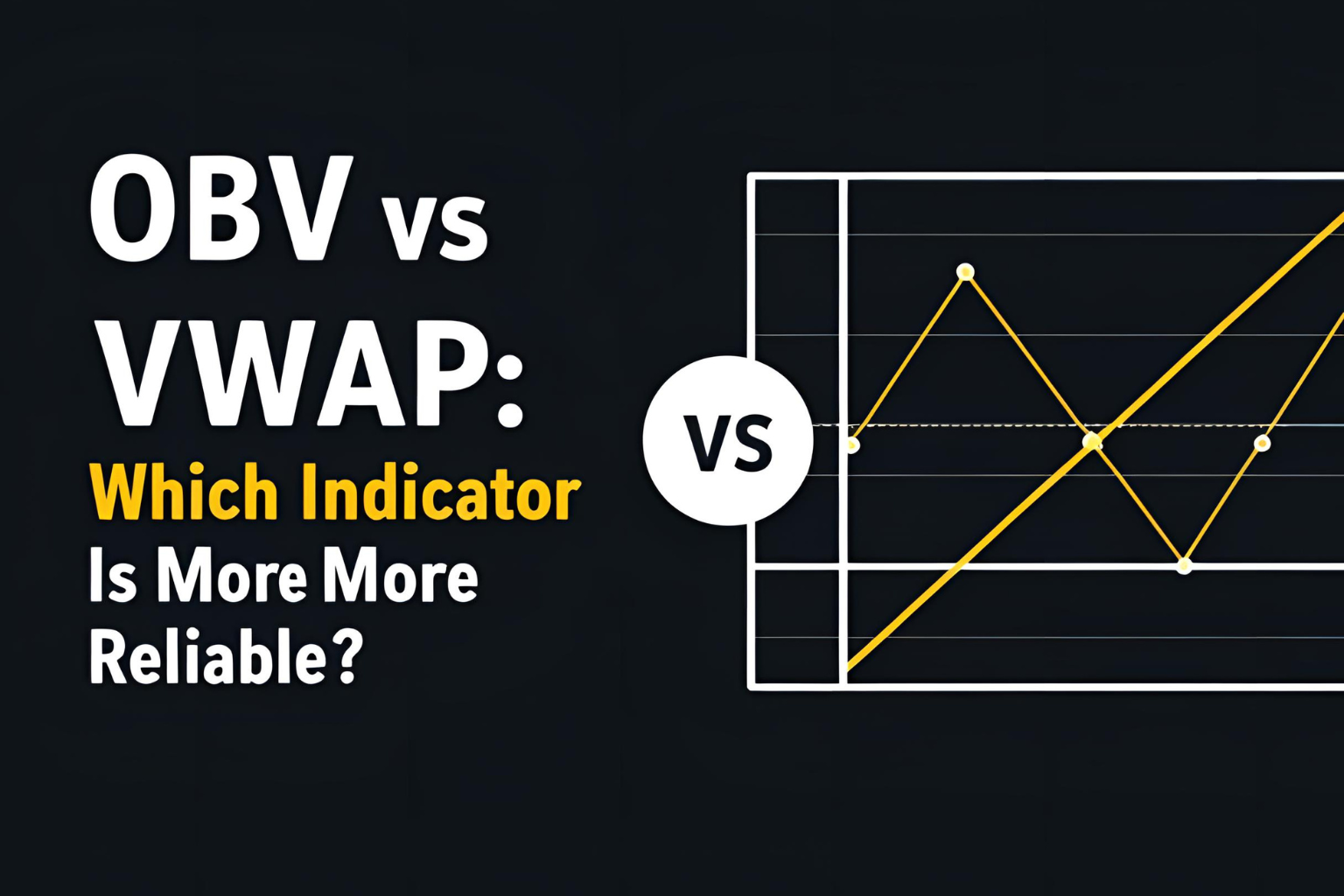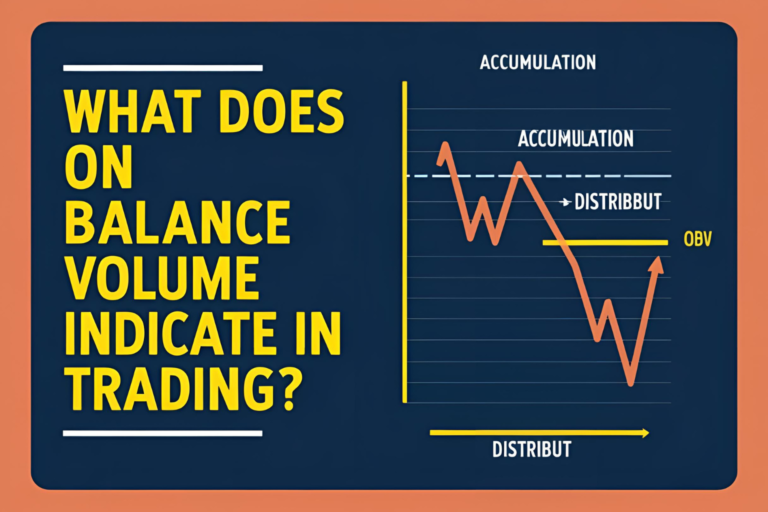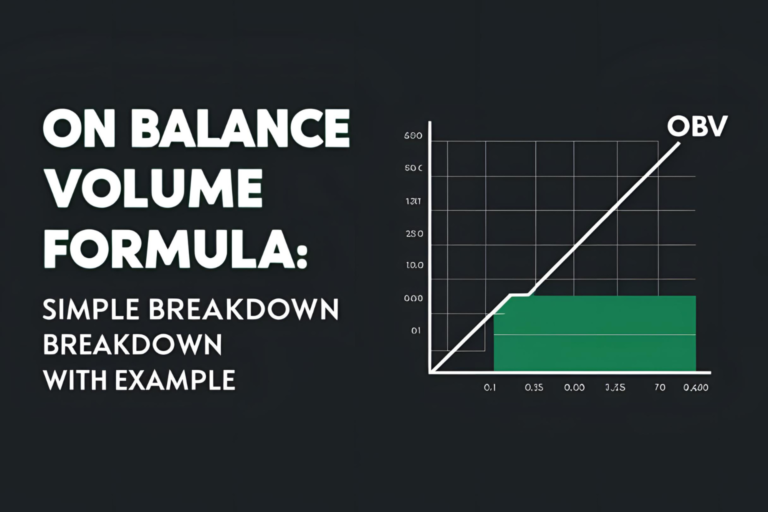OBV vs VWAP: Which Indicator Is More Reliable?
Both On Balance Volume (OBV) and Volume Weighted Average Price (VWAP) are volume-based indicators, but they serve very different purposes. If you’re unsure which to trust for trend confirmation or entries, this guide on OBV vs VWAP will help you choose the right one for your trading needs.
What Is OBV?
OBV (On Balance Volume) is a cumulative momentum indicator that tracks volume flow. It adds volume on up days and subtracts it on down days, creating a line that reflects buying or selling pressure over time.
Key uses:
- Spot divergences between volume and price
- Confirm trend strength
- Identify potential breakouts or reversals
What Is VWAP?
VWAP (Volume Weighted Average Price) calculates the average price of a stock based on volume. It resets each day and shows where most trading activity occurred, making it especially useful for intraday trading.
Key uses:
- Acts as dynamic support/resistance
- Helps gauge fair value
- Commonly used by institutions and algo traders
OBV vs VWAP: Side-by-Side Comparison
| Feature | OBV | VWAP |
|---|---|---|
| Type | Momentum / Trend Confirmation | Intraday Price Benchmark |
| Timeframe | Multi-day / swing trades | Daily / intraday only |
| Best For | Spotting volume-based breakouts | Entry/exit points, value zones |
| Chart Behavior | Cumulative line | Mean-reverting daily band |
| Common Traders | Swing, positional, crypto | Day traders, institutions |
| Platform Support | Available on all major platforms | Native on TradingView, TOS, etc. |
When to Use OBV
Use OBV when:
- You want to confirm a trend using volume
- You’re trading swing setups
- You’re spotting divergence signals before reversals
- You need a volume-based confirmation tool for entries
When to Use VWAP
Use VWAP when:
- You’re day trading and need a volume-weighted reference
- You want to buy below or sell above fair value
- You trade mean-reversion or breakout failures
- You follow institutional trading levels
Which Is More Reliable?
It depends on your strategy:
- OBV is more reliable for spotting hidden volume shifts and longer-term momentum
- VWAP is more reliable for intraday precision, especially for scalping or managing execution
For best results, many traders use both together:
- OBV to identify directional bias
- VWAP to manage entry and exit zones
Final Thoughts
In the OBV vs VWAP debate, there’s no universal winner. Instead, consider your timeframe and strategy. Use OBV for analyzing volume behind trends, and VWAP when managing short-term trades around average value.
Each tool has its strengths—when used correctly, they can complement each other for smarter trading decisions.
FAQs
1. Can I use OBV and VWAP together?
Yes, use OBV for confirmation and VWAP for execution.
2. Is OBV good for intraday?
It can be, but it’s more commonly used for swing trading.
3. Does VWAP reset daily?
Yes, VWAP starts fresh each trading session.
4. Which indicator works better in crypto?
OBV, since VWAP requires structured session data.
5. Do institutions use OBV or VWAP?
Institutions heavily rely on VWAP for execution, less so on OBV.





